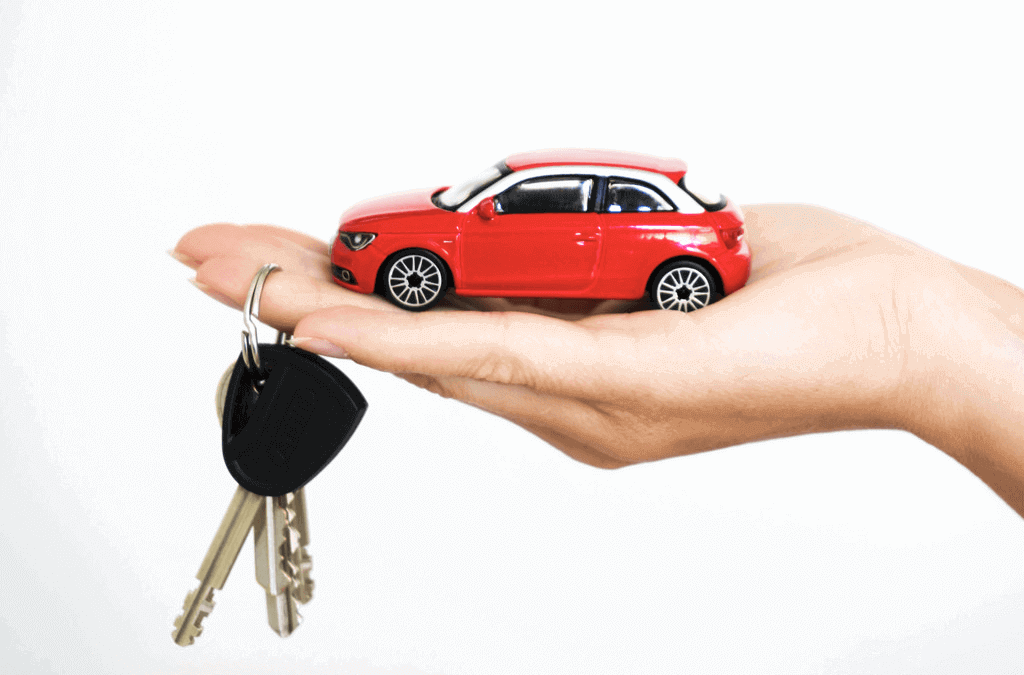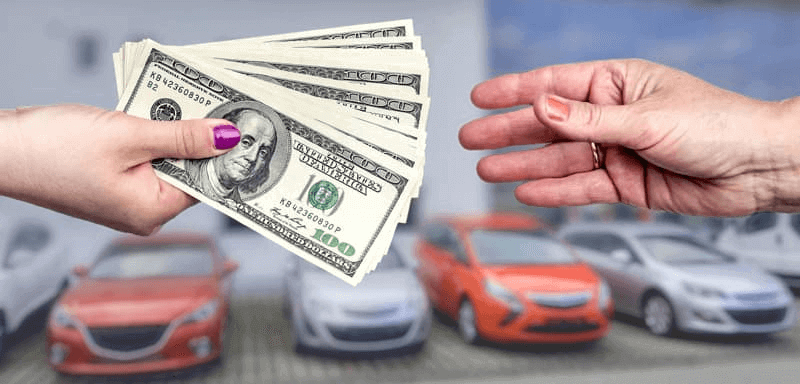As Florida braces for Hurricane Matthew and Louisiana recovers from this summer’s tragically torrential flooding, the rush of flooded cars onto the used market raises red flags for any buyer. Even before this year’s flooding across the country, the new and free Carfax research report, which is based upon DMV and car insurance company data, estimated more than 271,000 flooded automobiles are back on the road. According to the National Insurance Crime Bureau, 100,000 insured cars and trucks were flooded in Louisiana alone – but the total number could be close to 200,000.

The Dangers of Flooded Cars
While a car may look sparkling on the outside, a VIN number search can unveil much about the true condition of a vehicle. Flooded vehicles suffer from mechanical, electrical, and safety system malfunctions, and according to Larry Gamache, Carfax’s communications director, they “fail, often without warning.” He further expounds, “Consumers everywhere need to be vigilant about checking a vehicle’s history for flood damage and getting a pre-purchase inspection to avoid buying cars that rot from the inside out.”
Alas, according to Carfax estimates, half of flood-damaged cars will eventually return to the road, especially since it takes only a few hours for a criminal to “restore” a flooded car and give you an unbelievable deal. Although these cars often are sold as great deals, either by private third parties or used car lots, a free VIN check will unveil they are claimed as total losses by their insurance companies, with flood titles.
The 10 states with the most prominent number of flooded cars are, in order:
- Texas (43,000)
- Pennsylvania (20,000)
- Florida (17,000)
- Kentucky (14,000)
- Illinois (13,000)
- South Carolina (11,000)
- Michigan (11,000)
- New Jersey (10,000)
- New York (9000)
- Louisiana (9000)
Since Hurricane Katrina, Louisiana passed stringent anti-fraud laws to protect consumers from purchasing flooded vehicles utilizing a VIN number search. Should an insured vehicle be flooded, a water damage title is issued for it, and the vehicle is towed away to be auctioned. Should the flood damage be formidable, then a Certificate of Destruction could be issued, which dictates that the car is to be destroyed and/or sold for parts. All of this information is accessible through a VIN number search and free vehicle history report.
However, if a car was not insured, these measures do not apply. An uninsured car poses the greatest risk for a car buyer because often the damage will not appear on a free Carfax report or VIN number search.
Signs of Water Damage
If the free Carfax or free vehicle history report comes up clean, it’s still imperative to take precautions to inspect the vehicle – in case the car was uninsured and simply cleaned up to be resold after flooding. In addition, some flooded vehicles are purchased in one state and then taken to another to perform “title washing,” where the VIN is changed and a new title issued without any information about its past.
Even if the VIN number search turns out clean, there are still several steps to take to ensure your car’s safety:
- Does it smell right? If the car smells dank or moldy – or on the other hand heavily fragranced or heavy with cleaning smells – there’s likely a reason that’s not good news for you. It is very difficult to eliminate a moldy smell, making the sniff test a good barometer for your own personal free vehicle history report.
- How does the car feel? While the outside of the car may look sparkling, look closely for signs of water damage in the hidden places. Mildew is a sure sign of water exposure and likely flooding. Lift up the floor mats and inspect for mildew, water stains, or sand in the cracks. Run your fingers through the carpeted parts of the car to feel for any moisture. If parts of the upholstery look new or replaced, take this as a sign to further investigate the car. All of the upholstery and carpet should look to be about the same condition and age. If possible, lift up the carpet so you can inspect the area between the body of the car and the carpet. Feel for moisture and also keep your eyes out for other indicators of flooding, such as rusting. In the trunk, especially feel the carpeted area underneath the spare tire, which is an easy place for water to gather – and for the seller to miss during prepping the car for sale.
- What do you see? Corrosion and rust are warning signs and especially damaging because corrosion continues to damage the car long after it has dried. Keep in mind that when you see tiny bubbles on a beautiful new paint job, it is often a sign there’s rust underneath. You can especially inspect the smaller pieces of metal for signs of rust, including door hinges, trunk latches, screws, hood springs, and holding brackets. Open the doors and inspect the corner where the door meets the body of the car. In addition, if the headlights and taillights are fogged, it could be a sign of water accumulated in them from flooding. If any of the mirrors or the instrument panel is fogged, this is a warning sign as well.
- Mirror, mirror, where’s the rust under it all? Bring a mirror with you to inspect the springs underneath the seat, as well as the undercarriage of the car for corrosion and rust. Both areas are difficult to clean and restore, making them good signs of any possible flood damage.
- How’s the electrical system? Incredibly dangerous to your safety is a comprised electrical system in a flooded car. Before you take it on a test drive, look at the electrical wires underneath the hood. Bend them to see if the wires are flexible or brittle, and if it is the latter, there’s likely been flooding to the car. When you are inside the car, test every electrical component. Also turn on the radio to listen for a sound that’s smooth. If the radio sound is distorted or filled with static, this is a possible sign of flooding that damaged the electrical sound system.
- What else is under the hood? Does the paper air filter have water stains? How are the engine’s oil and its color? If the color of the oil is akin to a chocolate milkshake or a latte, this could be a warning sign, as is oil with a sticky texture or residue.
- What is hiding in the car? A car that has undergone flooding damage will be home for much debris, and despite the most rigorous cleanings, there are still areas that can be telltale signs of the history of the vehicle. Look for dirt, grass, silt, and sand in the wheel wells, underneath the seats, in the seat tracks, engine crevices, underneath the spare tire, around the wiring, underneath the dashboard, in the trunk, and both underneath and inside the glove compartment.
- What does the experienced mechanic say? A mechanic will be able to investigate the fluid and electrical systems, as well as mechanical functioning, for any signs of water damage. A mechanic can also remove the wheels, exposing the brakes and other components of the wheel that may have dirt or sand from flooding. This cost is a worthy expense, preventing you from the nightmare of purchasing a flooded car.
Running a free Carfax or free vehicle history report are the first places to begin in your research of a prospective used car. Should the auto pass these tests, then take this checklist with you and inspect every component mentioned – for your safety and peace of mind.

